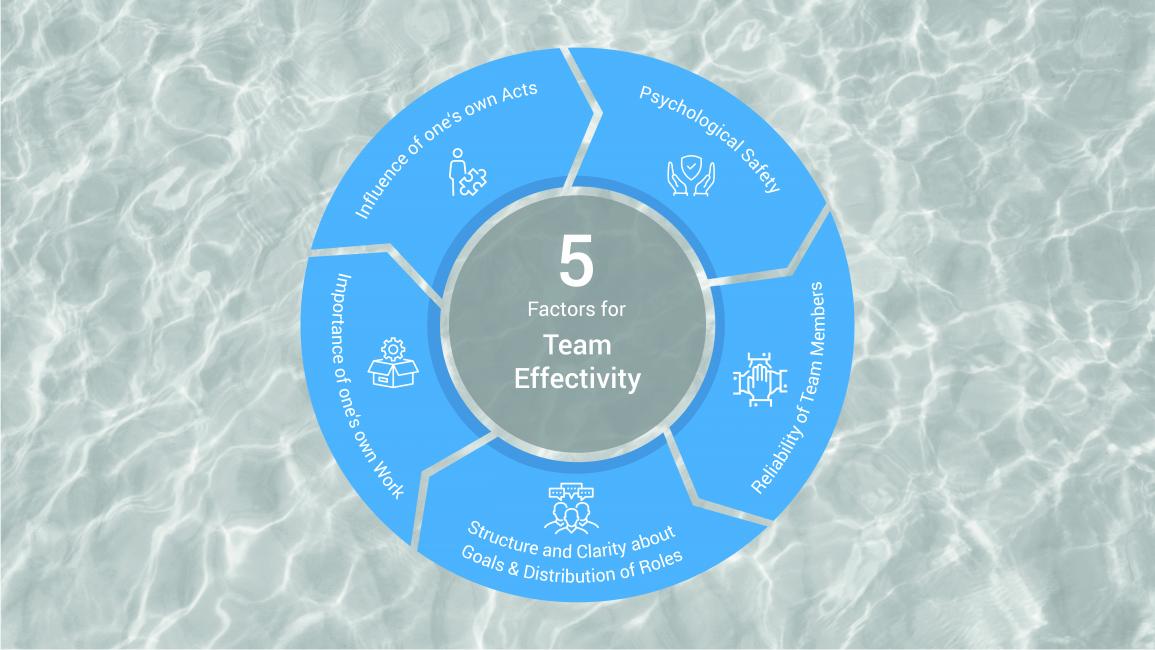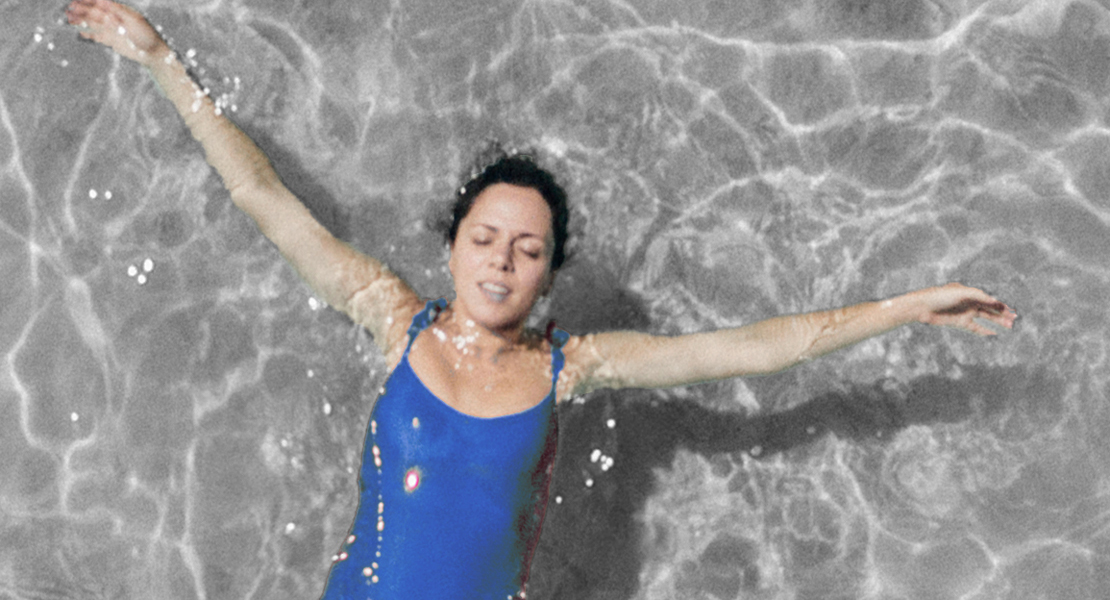Imagine that the salt content of our bodies could adapt to the environment while we were swimming in the sea. Or diminish when we move into fresh water. Salt water would be drinkable and we would not die of thirst on the high seas. We could move back into fresh water at any time, our bodies would maintain the same functionality and always adapt to the environment – no matter how it might change.
Enantiostasis is the ability of an open system, especially a living organism, to maintain its metabolic and physiological functions in response to changes in a dynamic environment. Borrowed from biology, enantiostasis well describes the desire of many executives for an organization to adapt, learn, and continue to perform at a high level – no matter how unpredictable and changeable the world around it may be. Essentially, they have two levers to root this kind of adaptability firmly into the DNA of their organization and to ensure that enantiostasis is maintained even under the most adverse conditions: strategy and culture.
On one hand, there is the company’s strategy that provides the formal logic for achieving goals while aligning the involved employees. Culture, on the other hand, mirrors goals based on practiced values, shared beliefs, people’s behavior, and team norms. Both dimensions are the object of intense awareness in management literature (cf. 5.6 million hits on Google Scholar). Yet in practice, they are often seen as separate, mutually exclusive parts of an incomprehensible big picture rather than the coherent, dense system which they actually represent.
In the following, we would like to look at two relevant and practical approaches that make both strategy and culture tangible, illuminate the interaction between them, and offer pragmatic approaches for holistic implementation.
OKRs and TPS: The magic duo?
OKRs (Objectives & Key Results) are an instrument for strategic corporate management in which qualitative, organization-wide objectives are broken down into measurable and practicable key results on a team level – an approach that has been put to test successfully. Current practitioners include companies such as Microsoft, Google, Adobe, LinkedIn, and Twitter. OKRs are even regarded as Google’s silver bullet that makes the strategic direction of the organization tangible for all employees.
TPS (Team Psychological Safety), in turn, describes a team culture that creates a psychologically safe learning environment at work. In business practice, TPS is regarded as a key component of their corporate strategy by most of the usual suspects mentioned above. TPS is academia’s offer of a concept that sharpens our focus on one of the most critical components of a successful corporate culture: the foundation for high-performing teams. Examining the interplay between OKRs and TPS, we can obtain practical insights for a comprehensive approach to modern business management.
OKRs and TPS: Living and breathing strategy and culture
One decisive element motivating the company-wide introduction of OKRs is often the goal of closing the gap in the understanding of corporate strategy at all levels. What makes the OKR method so special are:
- The participation and definition of all teams concerning their strategic contribution
- The transparency of the strategic contribution among all teams
- The heightening of the employees’ sense of responsibility for organizational success

When using OKRs, teams themselves must define their own qualitative objectives and what quantitative key results they want to undertake. Each team has the freedom to contribute its wealth of experience and to define objectives that are a precise fit with the specific strengths of its members. At the same time, transparency increases as well as the team’s accountability –which ensures that the teams can measure and pursue the goals they have set for themselves.
In other words, the focus during the definition of OKRs is always on the specific team. During its large-scale research project Aristotle, Google identified five factors for team effectiveness – the building blocks of high-performing teams:
- Psychological safety
- Dependability of the team members
- Structure and clarity about goals and role assignments
- Meaning/Importance of work
- Impact of work

Clearly defined OKRs that have been set by the teams themselves contribute directly to several of these dimensions. Above all, they create structure and clarity about short- and long-term goals within and among teams. The factor of psychological safety holds a special position because the relevant studies reveal that out of these five factors it is not only the strongest predictor for a high-performing team, but is indeed the prerequisite for the success of a team! If this cultural foundation is lacking, all other framework conditions are rendered ineffective.
From practice (I): Miro
One organization that actively practices the interaction between TPS and OKRs is Miro. Founded as a startup, the company now has more than 100 employees on all continents. Maintaining the integrity of the decision-making process during the rapid growth phase has always been important for Miro. Ever since the company’s workforce exceeded the mark of 30 employees, constructive evaluation has been carried out to ensure that teams do not lose focus and that they remain effective. The company found out for itself that trust is fundamental for the close collaboration of a team. Not really a revelation but the company demonstrated remarkable determination in prioritizing this element. As of that point, actions that would strengthen the cooperation among the teams were initiated. A major emphasis was placed on getting to know one another in a spirit of mutual appreciation, laying the cornerstone for better internal communication. Some of the resulting guidelines which are to be practiced in particular by the management team are:
- Create space for personal moments: Leaders of the team consciously offer opportunities for employees to share personal moments and to appear in every way as “whole” persons who have both personal and professional lives. This is a form of behavior that, when practiced by the leaders, can verifiably strengthen TPS.
- Random encounters so that the whole team can interact: Team building activities offer opportunities for people to spend time together and to share thoughts and ideas about challenges in an atmosphere away from the context of work.
- Comprehensive, constructive feedback: One by one, every team member is discussed constructively. Every colleague points out what contribution a certain colleague has made to a final work result. In addition, areas in which the colleagues are considered to have potential for growth are mentioned.
These are some of the actions that Miro uses to strengthen empathy among team members and feature fertile ground for TPS. Furthermore, it is important to them that the core values of the organization are genuinely practiced. OKRs help Miro to strengthen team cohesion, to discuss key priorities, and to communicate these priorities to all employees.

From practice (II): WorkDay
The company WorkDay serves as another example. The company’s perspective is that, in today’s world, smoothly functioning teams rather than individuals are the decisive strength for added value in companies that want to grow. So WorkDay, a company employing a workforce numbering several thousand, was faced with the challenge of communicating its own strategy to all employees on a broad level. WorkDay achieves this with the help of the OKR methodology. The use of OKRs enables teams to realize the strategic organizational goals at their pertinent level. The company profits from an improvement in strategic alignment within the organization because the teams have a clear understanding of what they want and intend to achieve. And this is accomplished solely through frank and open discussions within the team – TPS at its best.
WorkDay uses a digital solution for OKR tracking that allows collaborative work and progress monitoring to manage the OKR initiative within this large company. WorkDay’s final analysis: the interaction revolving around OKRs strengthens the teams, which leads to substantial OKRs. And that, in turn, helps the company to turn its strategy into reality.
OKRs & TPS: Let them play together!
These two examples demonstrate what concrete actions companies can take to ensure that they utilize strategy and culture in equal measure to pave the path of their journey to an adaptable organization. TPS lays the groundwork for empathic and respectful cooperation and OKRs aid in operationalizing the strategy and making it tangible for employees.
If, however, fundamental trust is lacking in an organization, efforts to introduce OKRs will never get off the launch pad. TPS is the indispensable prerequisite: an open and critical internal discourse on the precise definition of OKRs cannot be assured unless there is a sense of safety on the team. Conversely, however, it will be just as difficult to establish TPS and the connected high-performing culture if this dimension is not considered in the strategic orientation of the organization. TPS and OKRs – culture and strategy – are mutually dependent.
Their interplay can be imagined well beyond the boundaries of the obvious and offers room for the formation of sophisticated symbioses. OKRs create transparency within the entire organization, not merely within a team. Employees from different teams themselves are able to evaluate the meaningfulness of their activities by comparing what they do with their Key Results, and they can follow a clear, overarching vision that is manifested in the first-level Objectives, assuring them of an undistorted image of the priorities of their own organization. Is strengthening the culture of trust one of them? It makes perfect sense in terms of relevance for the success of the OKRs. For the first time, TPS offers a concept to organizational leadership that enhances the clarity of their vision on this cultural success factor and makes it measurable.
While OKRs provide a clear view of the inner workings of the organization, TPS is the prerequisite to enable members of the organization to adapt to the new governance framework and to shape it constructively. Both concepts consequently support adaptation to dynamic developments in the business world: Perfect enantiostasis in an organizational context.







